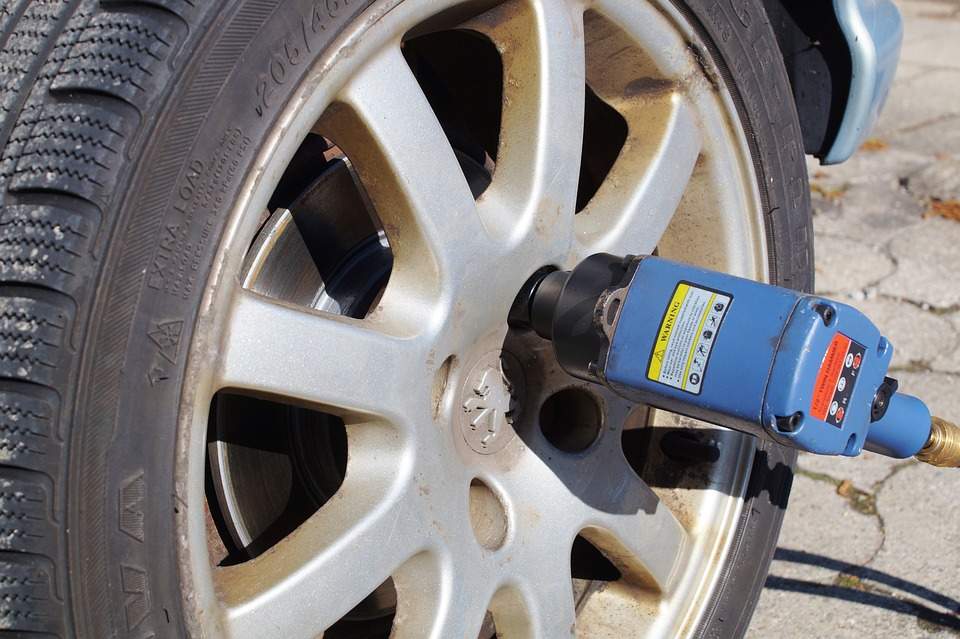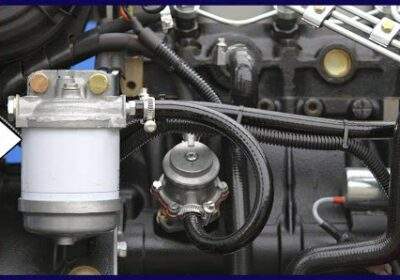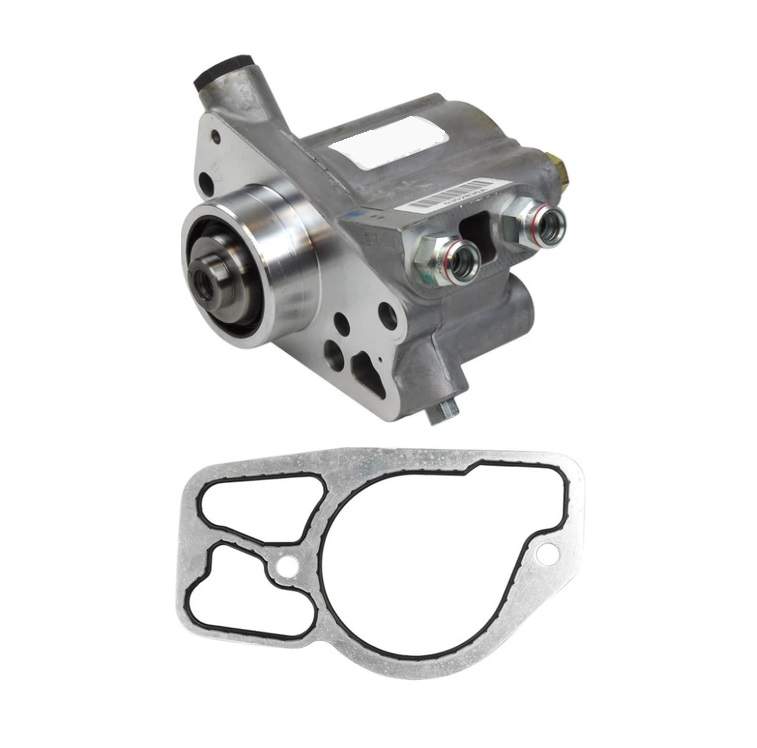
A Detailed Automobile Glossary & Tips to Take Care of Tires

The tires or tires are the contact between your vehicle and the pavement, so it is always important that they are in good condition, as an essential requirement for you to travel safely and safely.
Despite its mysterious appearance, the letters and symbols that appear molded on the side of the tire provide very useful information that you should know. These codes provide tire size and dimension information such as section width, aspect ratio, construction type, wheel diameter, maximum inflation pressure, important safety notices and additional information.
- P Tire for passenger cars (T Tire for trucks; LT Light Truck tyres (vans)).
- 215 Represents the maximum width between sides of the tire in millimeters.
- 65 It is the relationship
between the height and width of the tire and is called the
aspect ratio. - R Means the radial construction of the tire.
- 15 It is the diameter of the rim in inches
- Some tires specify the service or show the load index and speed rating.
- 89 Specify the load index
- The load index assigns numbers from 0 to 279 that correspond to the load capacity of the tire at its maximum inflation pressure.
1. Wear index
A tire with grade 200 may last twice as long on the road or government test track under the conditions of the specified test as a grade 100.
Tire care and maintenance
Once the tire has been selected, make sure it is properly maintained. The duration of a tire depends on both conditions of use and the characteristics of the vehicle that supports it. You can do a lot to prolong the life of the tires and ensure their safety. Some aspects to consider are:
2. Alignment
It is an indispensable service to maintain the stability and durability of the tire. It must be done approximately every 10,000 km. Bad alignment is usually the biggest cause of irregular wear, especially if the tire has convergence and divergence angles, as appropriate. If the steering tends to go from one side to the other or the steering wheel has too much “play” and does not return to its original position after a turn, surely the front tires are misaligned.
3. Swinging
Unbalanced tires can lose thousands of kilometers of useful life. In order to achieve the best performance of a tire it is necessary that the weight of the wheel-rim assembly be evenly distributed. A heavy part in the tire and assembly (tire-wheel assembly) should be accurately balanced.
MECHANICAL PROBLEMS
4. Convergence
Means that the front edges of the front or rear tires are closer to each other than the rear edges. The convergence counteracts the tendency of the front tires to diverge when a car reaches high speeds.
All transport vehicles come with a positive convergence so that when moving, the wheels tend to be parallel. This occurs because the front axle, when pushed, allows an opening of the wheels, within the operating limits of the steering components. Therefore, if the terminals are loose more than normal, they will tend to open more, generating negative convergence.
If the tire wear appears from the external shoulder, it will indicate convergence. positive in excess.
5. Divergence
Means that the rear edges of the tires, whether of the rear or front axle, will be closer to each other than the front edges. The divergence is commonly used in front-wheel drive cars to counteract the tendency to converge while driving at high speeds. Some divergence is necessary for cars to turn. The angle of divergence in curves, resulting from the inclination of the auxiliary arms of the steering system, allows the internal wheel in the curve to turn more than the external one, if the two entered the curve in parallel, the internal wheel would suffer a lateral drag, from outside to inside.
6. Camber
Camber is the angle formed by an imaginary line of the wheel with a vertical line perpendicular to the floor. The camber can be inward (negative camber) or outward (positive camber).
All transport vehicles come with positive camber, because when the vehicle receives its load and is set in motion, the tendency of the wheels is to open at the bottom. The angle of camber given in the vehicle is calculated so that the wheels are as close to the vertical as possible when they are in motion (without being negative), and is given in the casting of the axle handle. That is why it is not adjustable.
When the axis deviates due to overload, the camber is negative and the wear of the tires will be produced from the internal shoulders, this is because the wheels will have been very open at the bottom.
















